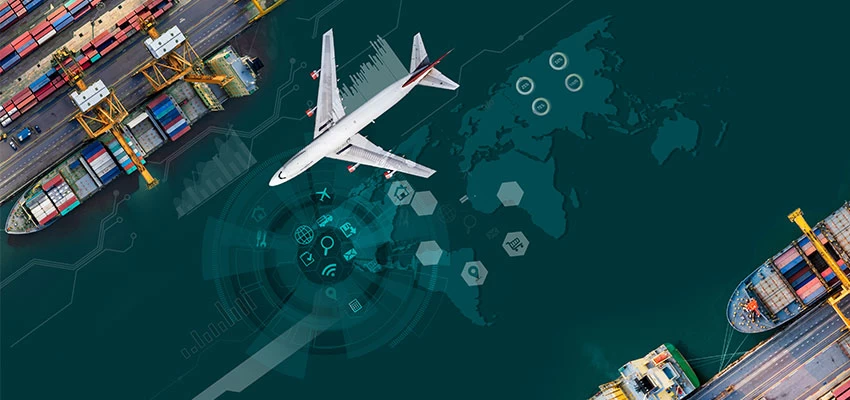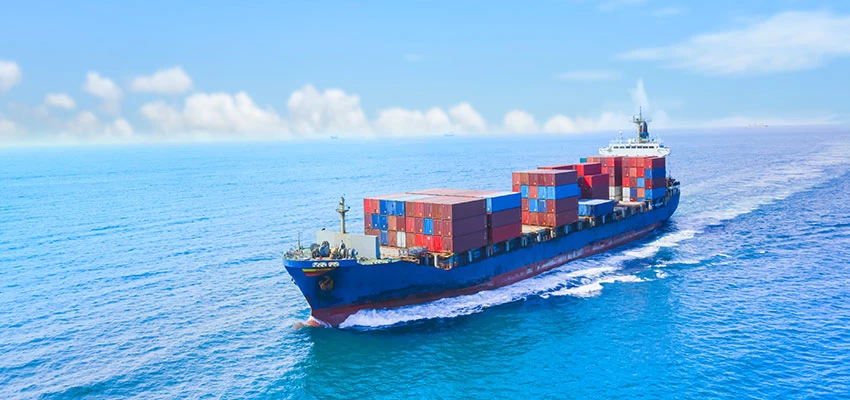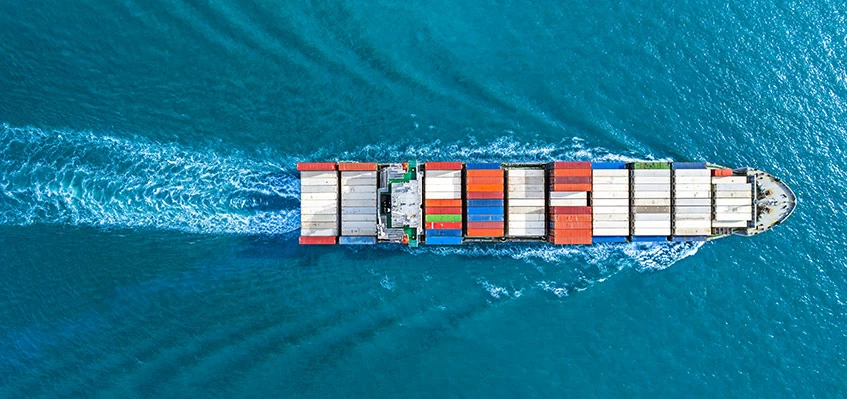Background
In a bid to promote electronics manufacturing in India, the Indian government had progressively imposed custom duties on import of certain Information and Communication Technology (‘ICT’) goods over the past decade. The European Union (‘EU’) filed a complaint before the World Trade Organisation (‘WTO’) disputes panel on 2 April 2019 claiming that the said import duty measures were inconsistent with the India’s obligations under the WTO Agreement, particularly Articles II:1(a) and II:1(b) of the GATT 1994[1].
Under Article II of the GATT, 1994, which is India’s schedule of bound custom duty rates (‘Schedule of concessions’), India had committed to maintain zero customs duty on certain ICT goods of Chapter 85 falling under the Customs Tariff Headings 8504, 8517, 8518, 8544 of the first schedule to the Customs Tariff Act, 1975. The EU’s viewpoint was that India had breached the bound rates under the Schedule of concessions by imposing the disputed customs duties. However, India maintained that bound rates in the Schedule were not applicable to the products in question as those products were not in existence at the time of India’s commitments and also because they got included in India’s commitment by an inadvertent oversight. The WTO panel has ruled in favour of the EU (and other countries like Japan, Singapore, Canada etc., who had either filed similar complaints or requested to join the consultations). This article analyses the critical arguments raised by India to defend its position and the panel’s ruling thereon.
Deep Dive: What the parties to the dispute had to say?
EU’s Point of View
The EU claimed that the tariff treatment provided by India with respect to the products in question was inconsistent with India's commitment under the Schedule because:
- duties applied by India to such products are in excess of the duty-free rates that India is obliged to provide under the Schedule; and
- by virtue of above treatment, the exports of goods from the EU to India are affected, and they nullify or impair the benefits accruing to the EU directly or indirectly under the covered WTO agreements.
- therefore, the Indian measures are inconsistent with Articles II:1(a) and (b) of the GATT 1994 which requires the contracting party to accord a treatment which is no less favourable than what has been accorded to it under the Schedule of concessions.
India’s WTO Schedule, ITA, and the transposition of Tariff Items
India's Schedule of concessions sets forth concessions and commitments undertaken by India at the WTO in relation to trade in goods. The tariff commitments therein are linked to the Harmonized System of Nomenclature (‘HSN’) which is a multilaterally agreed system of classifying goods for customs purposes and is administered by the World Customs Organization (‘WCO’). The HSN is regularly updated and consequently the WTO Members’ Schedule of concessions are also updated to reflect the latest HSN through the process of transposition.
While updating the changes in HSN from HS 2002 to HS 2007, developed country Members were to prepare their own transpositions and the WTO Secretariat was requested to transpose the schedules of developing country Members, except for those who notified to do the exercise on their own. Since India did not indicate that it intended to undertake the transposition of its Schedule of concessions from the HS 2002 to the HS 2007, the WTO Secretariat had prepared a draft for India which was communicated to India on 8 November 2013. This draft was duly approved (in a multilateral review session held by the Committee on Market Access on 23 April 2015), circulated and finally certified on 12 August 2015.
At the time of the review, due to an alleged oversight, India had not provided any comments nor sought any clarifications regarding the transposition of the disputed tariff items. However, on 25 September 2018, India requested that its Schedule be rectified due to certain errors contained in its HS 2007 schedule. It specifically sought that 15 tariff items be rectified to ‘Unbound’ which included the tariff items at issue in this dispute. The reason presented was that the tariff sub-headings for which India is seeking rectification (from inadvertent 0% rate to Unbound rate) were not part of the India’s commitments under the Information Technology Agreement (ITA) but became part of its Schedule due to transposition from HS 2002 to HS 2007.
India’s point of view
India requested the WTO panel to give its findings on several issues including below:
- When ITA was entered into, it was aligned with HSN 1996. The WTO’s Schedule of concessions has been regularly aligned with the changing HS issued by the WCO. India’s original Schedule of concessions was transposed with HS 2002 changes, and then with HS 2007 changes. The regular changes in the HS does not mean that India’s scope of commitments in its Schedule increase with every HS alignment.
- India’s commitments under the ITA were static, and therefore, when the ITA commitments get reflected in the WTO Schedule, such commitments in the updated Schedule are also static. This means, if new ICT goods have come into existence after entering into the ITA, such goods neither form part of India’s ITA commitments nor India’s WTO Schedule.
- The WTO Secretariat undertook the exercise of transposing HS 2007 changes into India’s WTO Schedule. The Secretariat had failed to flag to India that the HS 2007 changes could result in changing India’s commitments on the disputed tariff lines, even though India had not made any commitment to bind the tariffs on such goods in its original Schedule.
- India considers the changes to tariff bindings as an ‘error of fact’, which invalidates its consent to the treaty (Schedule of concessions) in terms of Article 48 of the Vienna Convention on the Law of Treaties[2].
WTO panel’s findings
Legal Standard under the Article II:1(a) & (b) of GATT 1994
The panel in its findings first clarified the legal standard under Articles II:1(a) and (b) of the GATT 1994 in terms of following elements:
- Treatment as per the WTO Schedule for the product.
- Treatment accorded as per the existing measures.
- Whether existing measures result in either of the below:
- Imposition of custom duties more than the rate provided for in the Schedule, or
- Measures lead to a less favourable treatment of products under issue.
Whether ITA sets forth India’s legal obligation?
The panel found that EU has not claimed any inconsistency vis-à-vis the ITA but its claim was based on India acting inconsistently with its obligations under the Schedule of concessions (Articles II:1(a) and (b) of the GATT 1994). The panel found that it was India’s Schedule of concessions which was the key covered agreement in question and not the ITA. Consequently, the panel held that India's legal obligations, for purposes of assessing its compliance with Articles II:1(a) and (b), are the tariff commitments set forth in India's WTO Schedule.
Whether ITA limits or modifies scope of tariff commitments under WTO Schedule?
India’s view was that its commitments under the ITA are static and when the ITA commitments get reflected in the WTO Schedule such commitments in the updated Schedule are also static. Therefore, any subsequent new products emerging from technological innovations must not be part of the Schedule. The panel fundamentally was of the view that since the obligations do not stem from the ITA, it was irrelevant whether ITA was ‘static’ or not. However, the panel, from the point of legal interpretation, decided to examine whether the ITA limits or modifies the scope of India’s commitments under the Schedule as follows:
- WTO Schedule is integral to GATT & WTO, and the schedule is to be interpreted in line with the customary rules of interpretation of public international law.
- Anything that satisfies terms of concession is eligible for concession including new products due to technological innovation.
- Parties agree that at any point in time any product should fall under the product scope of some tariff line in the HSN including products coming into existence post HSN conclusions.
Panel was of the view that India’s WTO Schedule is based on HSN and any product (including the new ones) that falls under an HS code will also come under the Member’s obligation unless specifically excluded by the Schedule. The product scope of Members' tariff concessions evolves over time to cope up with technological advancements. The panel was of the opinion that if India’s interpretation were to be followed then the general rule described above would continue to apply to WTO Members not signatories to the ITA while the WTO Members who are participants in the ITA would be subject to a different rule i.e., a same tariff concession will have different product scope depending upon whether a member is part of the ITA or not. This according to the panel would seriously undermine the multilateral principles of reciprocity, security, and predictability of Members’ commitments.
Whether there was an error of fact?
The panel was of the opinion that the WTO Secretariat had already informed India and circulated the transposed Schedule with HS 2007 changes for India’s comments. India was also on notice that issues concerning customs classification have been raised by other members due to the transposition exercise and the members were discussing how to address such issues. On no occasion India raised any concern that its revised Schedule was expanding its scope of commitments on its tariff bindings. Even though India made observations in committee meetings that the ITA commitments have reduced India’s output in ICT goods, and has not helped India advance its ICT manufacturing, however, such statements do not demonstrate that India raised any concerns regarding enhancement of the scope of its commitments under its WTO Schedule of concessions.
Therefore, it cannot be said that the Secretariat had failed to flag these issues to India. Rather, India contributed to this alleged error by its own conduct. Thus, India’s claims under Article 48(1) on invalidation of consent to the treaty was unacceptable.
Decision of the WTO panel
The panel ruled that India acted inconsistently with Articles II:1(a) and (b) of the GATT by applying tariffs in excess of its tariff bindings in its WTO Schedule of concessions thereby nullifying or impairing the benefits accruing to the EU under the GATT.
The panel noted that as of 1 February 2022, India’s tariff treatment of products classified under tariff lines 8518.30 and 8544.42.00 were compliant. However, the Panel has recommended that India bring its tariff treatment of products classified under other tariff lines 8504.40, 8517.12, 8517.61, 8517.62 and 8517.70 consistent with its WTO Schedule of concessions.
Conclusion
Although India is making every effort to ensure a favourable ecosystem for electronics manufacturing in India, it is evident from the judgement that its ITA commitments are going to create considerable headwinds in the near future at least. While India is being looked at as the next growth story of the global economy, and a strong contender against China, it will have to play on its other strengths to make its domestic electronics industry more competitive against international competitors. Hope still is not lost completely, and it is possible that India may be able to negotiate in her favour better terms with the complainants via bilateral agreements. The recent decision to end six trade disputes at the WTO with US is a glaring example of the same.
[The author is an Associate in WTO and International Trade Division in Lakshmikumaran & Sridharan Attorneys, New Delhi]
[1] Article II - Schedules of Concessions
- (a) Each contracting party shall accord to the commerce of the other contracting parties treatment no less favourable than that provided for in the appropriate Part of the appropriate Schedule annexed to this Agreement. (b) The products described in Part I of the Schedule relating to any contracting party, which are the products of territories of other contracting parties, shall, on their importation into the territory to which the Schedule relates, and subject to the terms, conditions or qualifications set forth in that Schedule, be exempt from ordinary customs duties in excess of those set forth and provided therein. Such products shall also be exempt from all other duties or charges of any kind imposed on or in connection with the importation in excess of those imposed on the date of this Agreement or those directly and mandatorily required to be imposed thereafter by legislation in force in the importing territory on that date.
[2]Vienna Convention of the Law of Treaties
Article 48 - Error
- A State may invoke an error in a treaty as invalidating its consent to be bound by the treaty if the error relates to a fact or situation which was assumed by that State to exist at the time when the treaty was concluded and formed an essential basis of its consent to be bound by the treaty.
- Paragraph 1 shall not apply if the State in question contributed by its own conduct to the error or if the circumstances were such as to put that State on notice of a possible error.
- An error relating only to the wording of the text of a treaty does not affect its validity; article 79 then applies.












